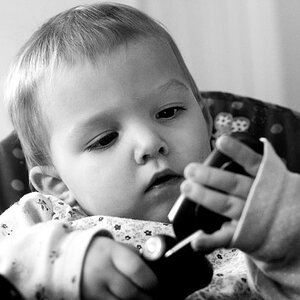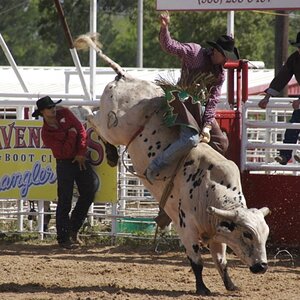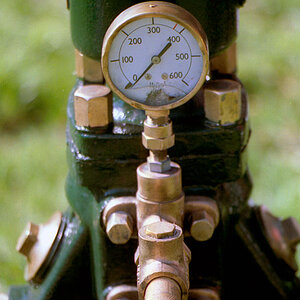- Joined
- Oct 18, 2011
- Messages
- 6,070
- Reaction score
- 2,420
- Location
- Glasgow, Scotland
- Website
- www.petecrawford.co.uk
- Can others edit my Photos
- Photos OK to edit
I know what I want to do in my head, but don't have the skills in PS to get there.
One thing really confusing for many is there are "multiple ways" to accomplish the same task. Some might work better one time and others might work better on the next image. The easiest way I think short of taking a class on Ps, is to pick an operation, be it layers, blending, Luts......and watch every video you can find on it. Then run a video while following along doing the same thing. Eventually it will start to click as you expand your skills.
That's the plan currently mate, bullishly plow on regardless
I'm pretty sure there are ways to do what I'm trying, I think I may need to break it down and define a workflow.


![[No title]](/data/xfmg/thumbnail/38/38735-2245cc1b04db3f96fa74095ae14558a6.jpg?1619738703)










![[No title]](/data/xfmg/thumbnail/38/38732-8364f5190d3f325e8ee02d23404a610c.jpg?1619738703)